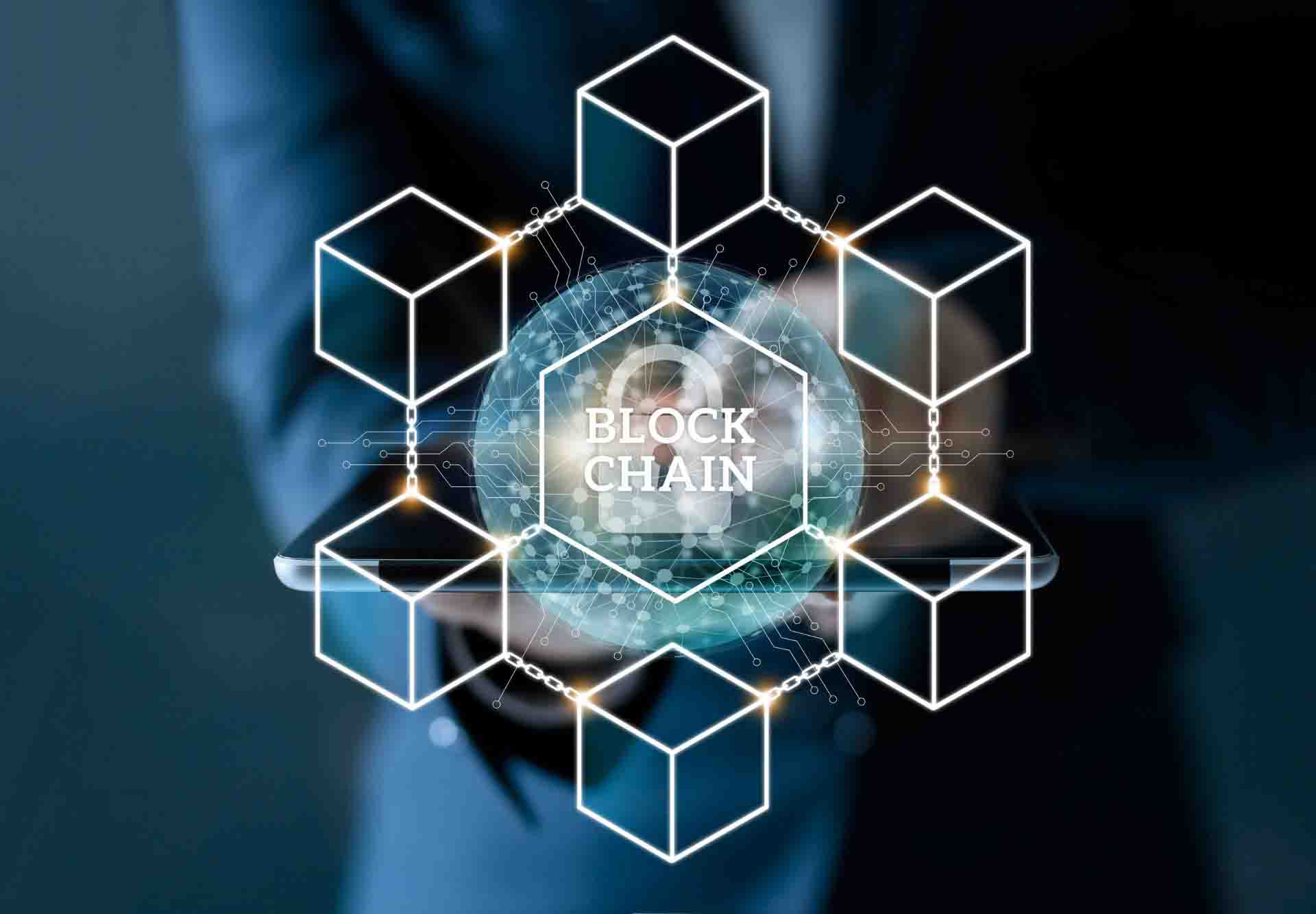In the world of cryptocurrencies, mining plays a vital role in securing blockchain networks and ensuring the integrity of transactions. Mining involves the process of validating and adding new blocks of transactions to the blockchain, and it is through this mechanism that blockchain networks maintain decentralization, security, and consensus. This article explores the crypto mining concept, its role in securing blockchain networks, the mining process, and its impact on energy consumption and the environment.
Understanding Crypto Mining
Crypto mining is the process by which new transactions are validated and added to the blockchain. Miners utilize computational power to solve complex mathematical puzzles, which verify the authenticity of transactions and add them to the distributed ledger. This process ensures that all participants in the network agree on the state of the blockchain and prevents double-spending or fraudulent activities.
Proof-of-Work Consensus Mechanism
Most blockchain networks, including Bitcoin and Ethereum, rely on the Proof-of-Work (PoW) consensus mechanism for mining. In PoW, miners must do a large number of calculations on a cryptographic puzzle until they locate one that satisfies certain conditions. A new block is added to the blockchain whenever a miner discovers a solution to the puzzle and announces that solution to the network. The successful miner is rewarded with newly minted cryptocurrency and transaction fees.
Mining Process
The mining process involves several key steps:
1. Transaction Verification: Miners collect pending transactions from the network and verify their validity. They check if the sender has sufficient funds and if the transaction adheres to the network’s rules.
2. Block Formation: Once a sufficient number of transactions are verified, miners gather them into a block. They create a block header that includes metadata, a reference to the previous block, and a unique identification number called a nonce.
3. Solving the Puzzle: Miners compete to solve the cryptographic puzzle by repeatedly changing the nonce value in the block header and performing calculations until they find a hash that meets the predefined difficulty criteria. This requires significant computational power and energy consumption.
4. Block Validation: The miner who discovers the answer shares it with everyone else on the network. Other nodes validate the solution and, if it is correct, add the new block to their copy of the blockchain.
5. Reward Distribution: The winning miner receives a reward in the form of newly created cryptocurrency, which incentivizes miners to participate in the network and secure its operation.
Energy Consumption and Environmental Impact
Crypto mining, particularly PoW mining, has drawn attention due to its significant energy consumption and potential environmental impact. In order to run the computations needed to decipher the cryptographic problems, large amounts of power and hardware resources are necessary. As a result, mining farms have emerged in regions with access to cheap electricity, often resulting in concentrated energy consumption and strain on local power grids.
Efforts are underway to address the environmental impact of mining. Some blockchain networks are exploring alternative consensus mechanisms, such as Proof-of-Stake (PoS), which requires participants to hold a certain number of tokens as a stake to validate transactions. PoS consumes significantly less energy compared to PoW, as it doesn’t require extensive computational calculations.
The Future of Mining and Blockchain Security
As blockchain technology continues to evolve, so does the mining landscape. The industry is witnessing advancements in mining hardware, with the development of more efficient and specialized mining equipment. Additionally, research and innovation are exploring alternative consensus mechanisms and mining algorithms that prioritize energy efficiency and environmental sustainability.
Moreover, the scalability and security of blockchain networks are ongoing concerns. As more transactions are processed and the network grows, maintaining blockchain’s decentralized and secure nature becomes increasingly important. This requires a balance between mining rewards, network participation, and the adoption of robust consensus mechanisms.
In conclusion, crypto mining plays a crucial role in securing blockchain networks by ensuring consensus, verifying transactions, and adding blocks to the chain. While it has faced criticism for its energy consumption, mining continues to evolve as the industry explores alternative consensus mechanisms and energy-efficient solutions. As blockchain technology advances, the mining process will likely undergo further changes to address scalability, environmental concerns, and the overall security of decentralized networks.

